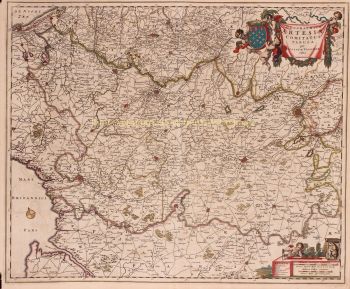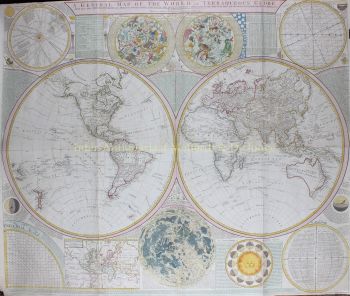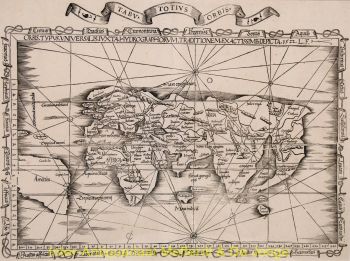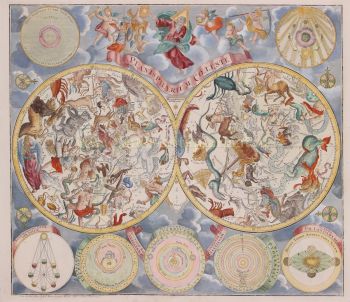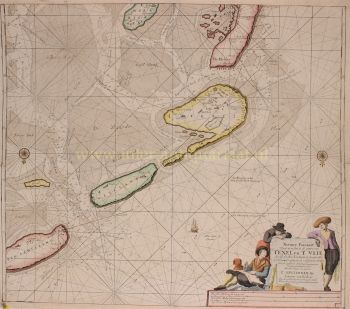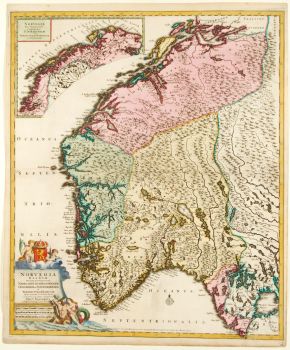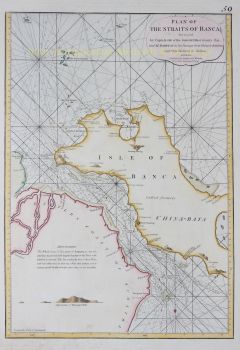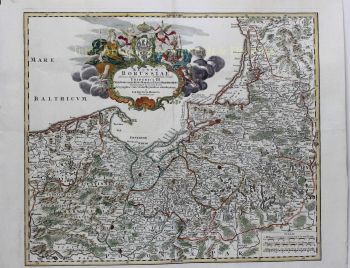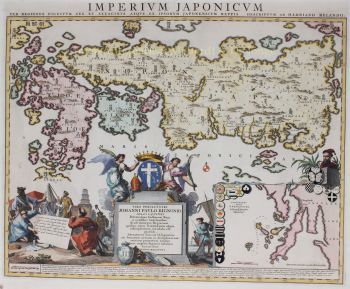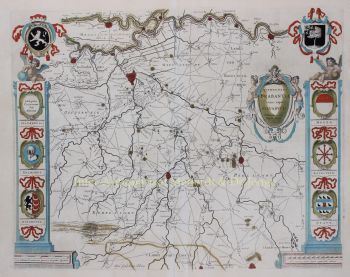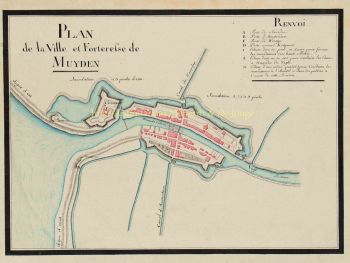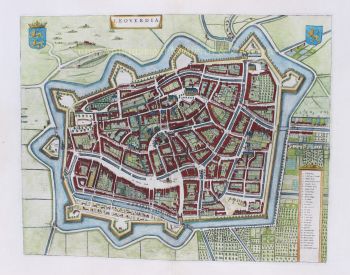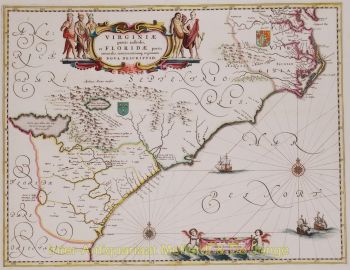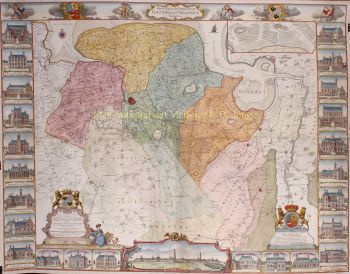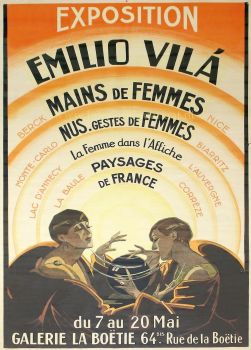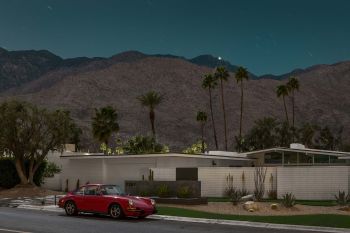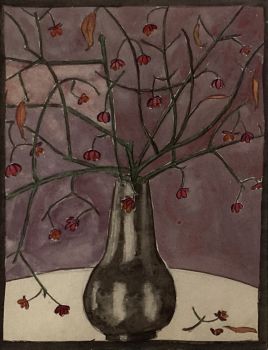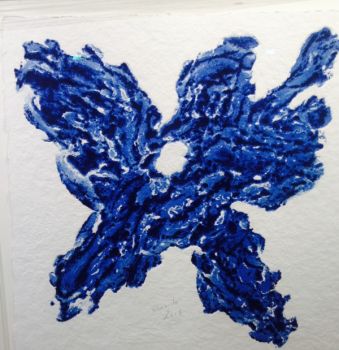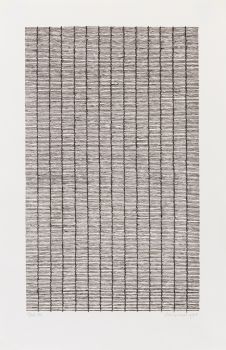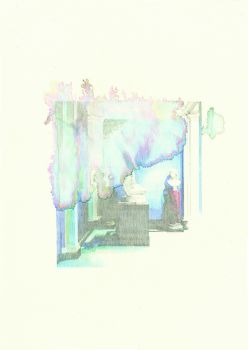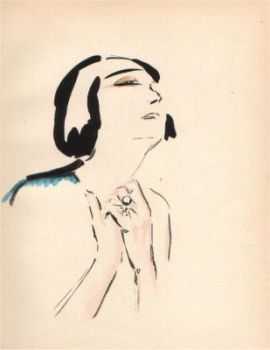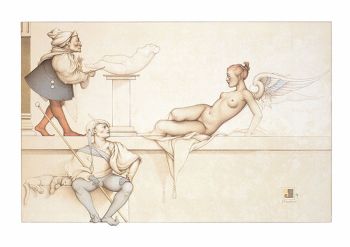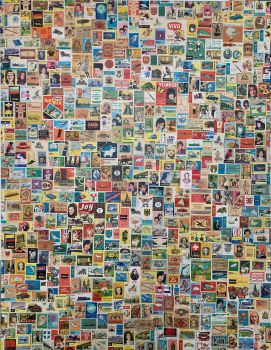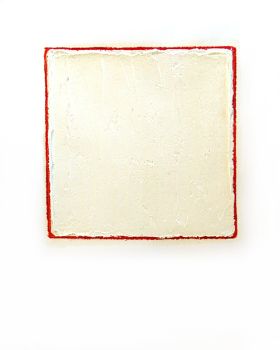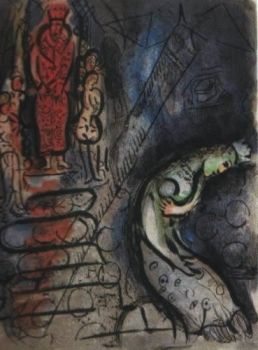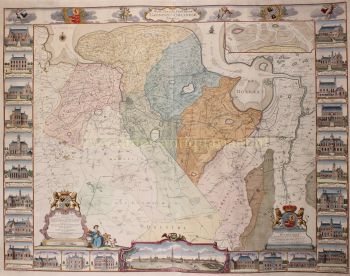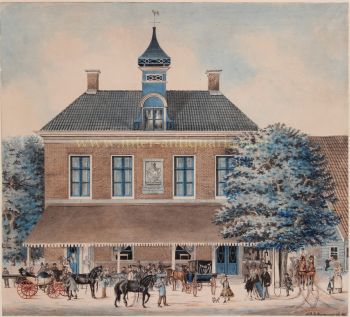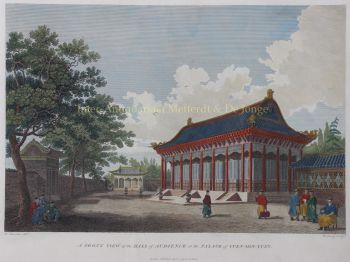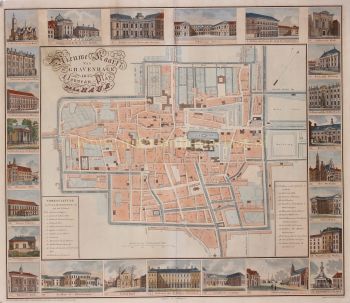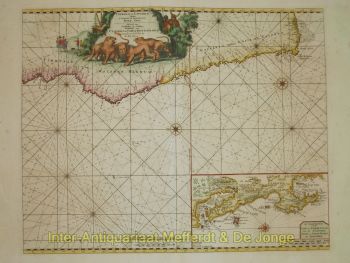Malta and Gozo - Nicolaes Visscher, c. 1680 1680
Nicolaes Visscher
Inter-Antiquariaat Mefferdt & De Jonge
- A proposito di opere d'arte“Insularum Melitae vulgo Maltae et Gozae”, copper engraving published by Nicolaas Visscher around 1680. With original hand colouring. Verso: blank. Size: 47 x 57 cm. In the 17th century Malta was ruled by the Knights Hospitaller and went through a golden age. Malta's fortifications were improved. Large parts of Gozo's Cittadella were completely rebuilt between 1599 and 1622. The Grand Harbour area was strengthened by the construction of the Floriana Lines and Santa Margherita Lines in the 1630s and 1640s, which encircled the land front of Valletta and that of Birgu and Senglea. Later on, the Cottonera Lines were built around the Santa Margherita Lines between 1670 and 1680. Due to a lack of funds, the Santa Margherita and Cottonera Lines remained unfinished for many years before being completed. In the late seventeenth century, Fort Ricasoli was also built to protect the entrance to the Grand Harbour, while Fort Saint Elmo and Fort Saint Angelo were strengthened. Despite the significant fortifications in the harbour area, by the early seventeenth century, most of the remaining coastline was still largely undefended. In 1605, Garzes Tower was built on the island of Gozo. In the following years, Alof de Wignacourt continued upgrading the coastal fortifications by building the Wignacourt towers, a series of six bastioned watch towers. During Grandmaster Lascaris' reign, a number of smaller towers were also built. His successor de Redin once again built a series of similar towers. The last coastal tower to be built was Isopu Tower, which was constructed in 1667 during the reign of Nicolas Cotoner. In the seventeenth and early eighteenth century, the Order's navy was at its peak. The Order, usually along with other European navies, engaged in naval battles against the Ottomans such as the action of 28 September 1644, or the Battle of the Dardanelles in 1656. They had also participated in the Battle of Lepanto in 1571 under the command of John of Austria. Corsairing also became an important part of the Maltese economy until the early 1700s. This splendid map shows the strategic island of Malta along with the smaller islands of Gozo and Kemmuna to its northwest. The fortified city of Valetta is prominently shown along the eastern coast, as is Mdina near the middle of the island. An inset at bottom left shows the entire Mediterranean Sea along with portions of southern Europe and northern Africa. The map is highly decorative with a large sailing ship at bottom, a naval war scene, and Poseidon resting above the inset map. The title cartouche is decorated by the coat of arms of the Order of Malta, and a banner containing two distance scales is held aloft by two putti. Price: Euro 1.750,-
- A proposito di opere artista
Nicolaes era l'unico figlio di Claes Jansz. Pescatore. È anche conosciuto con i nomi: Nicolaas o Claes Claesz. Dopo anni di lavoro per il padre nell'azienda, gli succedette dopo la sua morte nel 1652. Nel 1662 fu ammesso alla corporazione dei librai di Amsterdam e nel 1677 Nicolaes, ormai rispettato editore, ricevette un brevetto di 15 anni dagli stati dell'Olanda e della Frisia occidentale per la stampa e la pubblicazione di mappe. Morì due anni dopo e fu sepolto nella stessa cappella del padre.
Le edizioni Atlas di Nicolaes I includevano:
"Atlas Contractus Orbis Terrarum" del 1657.
“Germania Inferiore” del 1663.
"Atlante Minore" del 1675.
Gli atlanti di Visscher venivano spesso compilati secondo i desideri degli acquirenti (il cosiddetto Atlas Contractus). Generalmente non contengono testo, solo a volte un indice stampato. Sono state utilizzate carte di altri produttori, lastre di rame autoincise e lavorate da suo padre.Uno dei punti salienti della cartografia seicentesca è la mappa murale a più pagine. Ne è un esempio - del 1656 - la carta della Zelanda: “Zelandiae Comitatus novissima Tabula”. Questo consisteva in nove fogli che insieme avevano una dimensione di 140 x 160 cm. Aggiungendo paesaggi urbani, la mappa potrebbe essere ulteriormente ingrandita. Questi paesaggi urbani furono a loro volta pubblicati intorno al 1668 con il nome: “Speculum Zelandiae”.
Sei interessato ad acquistare questa opera d'arte?
Artwork details
Related artworks
- 1 - 4 / 4
- 1 - 4 / 24
Rene Rietmeyer
"PORTRAIT OF JOSEPH KOSUTH MAY 1999"1999
Prezzo su richiestaEuropean Cultural Centre Collection
1 - 4 / 24- 1 - 4 / 12





